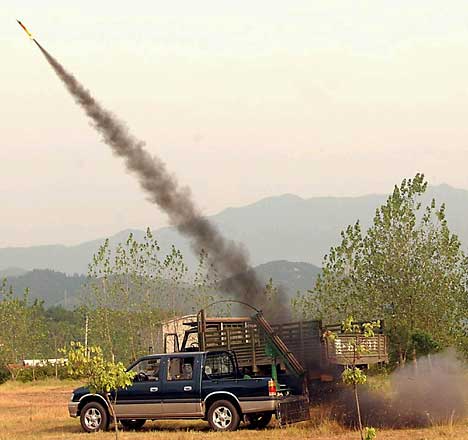 Three
quarters of our planet are covered by water. However, it is ironic that the
biggest amount of it is salt water. In fact, only 2.5% of the world’s water is
fresh and, therefore, drinkable or suitable for agriculture. That’s why
droughts—periods of time in which a determined region has lack of water supply,
usually caused by low precipitations—are considered so dangerous for humans. A
drought affects production of food (fruits, vegetables and animal products) and
production of hydroelectric energy, among other activities. But now, scientists
may have found a weapon to fight against droughts.
Three
quarters of our planet are covered by water. However, it is ironic that the
biggest amount of it is salt water. In fact, only 2.5% of the world’s water is
fresh and, therefore, drinkable or suitable for agriculture. That’s why
droughts—periods of time in which a determined region has lack of water supply,
usually caused by low precipitations—are considered so dangerous for humans. A
drought affects production of food (fruits, vegetables and animal products) and
production of hydroelectric energy, among other activities. But now, scientists
may have found a weapon to fight against droughts.
It is
called cloud seeding. It consists of
the use of chemicals like liquid propane, dry ice or silver iodide to improve
clouds’ process of condensation of water and increase the amount of
precipitations. This can be made using generators, planes and even rockets. The
steps of this process depend on the climatic characteristics of the region.
 |
| Weather seeds rocket launched in China |
This technique
is currently used with different purposes in Europe, Asia, North America,
Australia and even African countries.
For example, Russian and Ukrainian air forces seeded clouds over
Chernobyl to decrease the amount of acid rain in that area through “forced” precipitations.
Even though
cloud seeding has many benefits, it is also claimed that may carry side effects
for weather and health. The use of chemicals is highly criticized, and some
detractors postulates that it contributes to the global warming instead.
Is this a
technique to be imitated? In what way could it be improved? May we need this
technique in Chile right now? Check the video from the TV program Five Ways to Save the World on the use
of this technique in the US.
The pros are rather obvious. China, for instance, is one of the countries that use cloud seeding in order to provide water to dry places and also to diminish air pollution. USA, at the same time, does it with the same purpose, but adding a new one: providing snow for ski resorts.
ReplyDeleteThe cons, on the other hand, may be related to possible side effects that the chemicals used can produce in the plants and animals that depend on this water, and of course global warming, that seems to me a sort of contradiction (we are trying to improve the quality of our life, but at the same time the technology we use provokes some contrary side effects).I don’t think we, as a country, require this technique at least for the moment, but if it is improved may be in the future all countries will use it.
Actually, our country has already implanted it( link in Spanish only http://www.emol.com/noticias/economia/2012/08/22/556965/programa-de-siembra-de-nubes-suma-ocho-vuelos-en-region-de-atacama.html).
ReplyDeleteHowever, it is difficult to say that it really works, since all trials have been conducted in laboratories, and it is not possible to say that rain has actually incremented since we do not know the amount of that may have fallen without cloud seeding. So, I cannot say that it is really worth all the money invested.